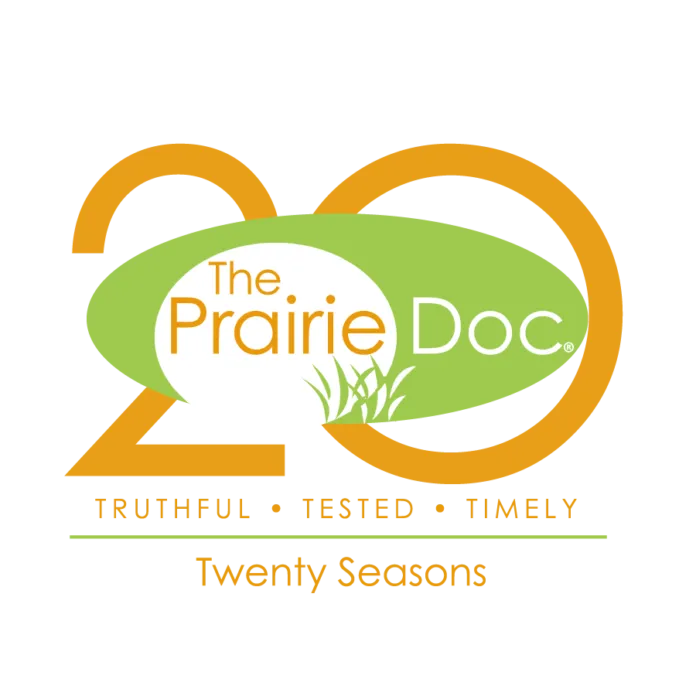TV is flooded these days with commercials encouraging everyone to sign up for Medicare Advantage(MA). What is MA and why are they doing this?
First of all, a bit of history. For more than 30 years Congress has debated whether the private insurance industry could deliver Medicare benefits more efficiently than the federal government. In 2003 these efforts evolved into what is now known as Medicare Part C or, more commonly, Medicare Advantage (MA).
MA plans, operated by private insurance companies, cover services provided by Parts A & B of traditional fee-for-service Medicare (FFS) as well as most of the costs traditionally covered by Medicare supplement policies. Many, but not all, include drug coverage traditionally covered by Medicare Part D plans. Some MA plans include services not usually provided by Medicare such as dental and vision coverage.
How is MA financed? Each MA plan receives from the government a fixed payment to cover the services provided. The amount of this payment, known as the “benchmark”, is determined on a county-by-county basis. The amount of the benchmark is based on data indicating what traditional fee-for-service Medicare would expect to spend providing care for the residents of that particular county. MA plans consider the amount of the benchmark and then decide if they will offer a plan in that area. This is why the ads always ask you to provide your zip code when you are looking for an MA plan. If they decide to offer a plan but decide the benchmark payment will not cover the full cost of the care they may charge the enrollee an additional premium.
In recent years MA plans have grown rapidly. They now cover more than 50% of the Medicare eligible population. A broader range of benefits and lower out of pocket costs have been the primary drivers of this growth. Additionally, more MA plans have become available, some in areas where plans were not previously offered. In the original planning for MA it was hoped that providing a profit incentive would lead plans to find less costly ways to provide care and thereby save the government money. Unfortunately, that has not happened and, for most of its history, MA has cost the government more than traditional FFS Medicare.
So, what is the downside? Broader benefits and decreased out-of-pocket costs would seem to be powerful incentive to switch from FFS to MA. In fact that is what has happened. Many enrollees have been pleased with the switch. There are, however, reasons to be cautious.
Fixed limits on what they will be paid provide an incentive for plans to limit what they spend. In general they have been successful in doing this and for most plans MA has been a highly profitable undertaking – a fact which accounts for the multitude of TV ads we see.
To control costs some plans cover only limited networks of medical providers. This has meant that enrollees had to leave familiar doctors, hospitals, etc. Medical providers have complained that MA plans were much harder to work with than FFS. Some have complained about delayed and insufficient payment, frequent requirements for pre-authorization for procedures, etc. This has especially been a
problem for small rural hospitals. Most of these are enrolled in the Critical Access Hospital (CAH) program which provides special payment procedures to aid in their survival. In many cases MA plans have refused to recognize these special payments leaving CAH facilities even more financially stressed than before. Overall frustration with inadequate MA payment has caused at least one mid-sized hospital in South Dakota to totally withdraw from participation in the program.
Selecting health care coverage is both difficult and very important. We are now in the “open enrollment” period for Medicare. This is a time when eligible folks can decide if they want traditional FFS Medicare or a MA plan. If they choose the latter they then have to select the plan that best fits their needs. Many people have been well served by MA plans but they need to ask about network requirements, extent of coverage, additional premiums, etc. This is an important decision and one that should receive careful thought and attention.
Tom Dean, MD of Wessington Springs, South Dakota is a contributing Prairie Doc® columnist who has practiced family medicine for more than 38 years. He served as a member of the Medicare Payment Advisory Commission. For free and easy access to the entire Prairie Doc® library, visit www.prairiedoc.org and follow Prairie Doc® on Facebook featuring On Call with the Prairie Doc® a medical Q&A show streaming on Facebook most Thursdays at 7 p.m. central.



